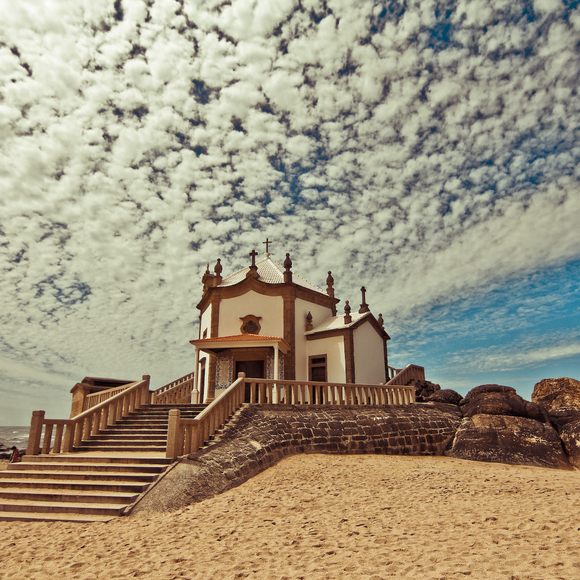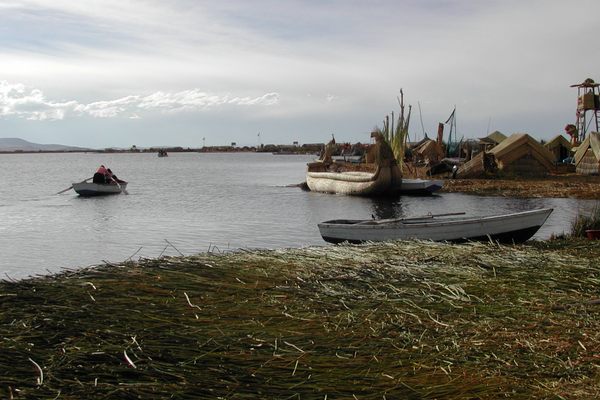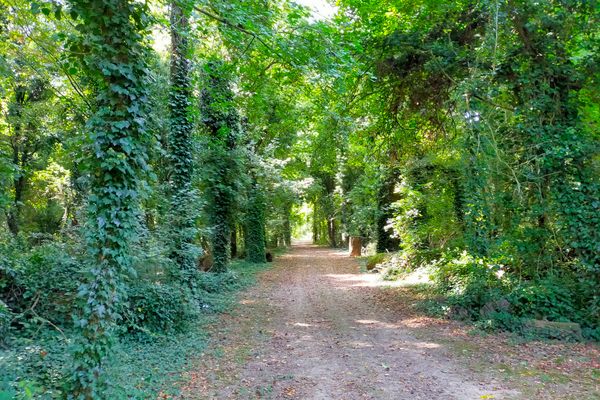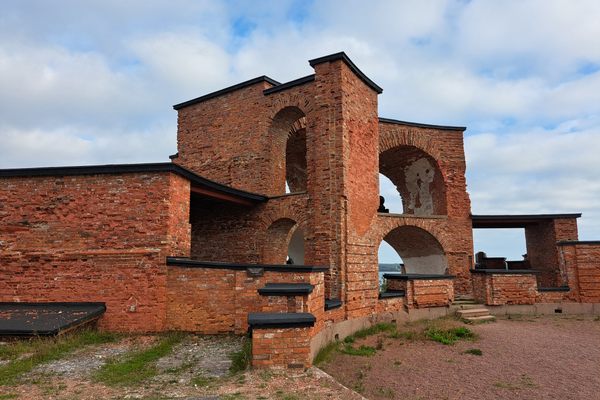Capela do Senhor da Pedra
Picturesque intersection of witchcraft and ancient Christianity.
Originally, the stunning marble- and granite-strewn beaches of Miramar were the site of ancient pagan worship. Specifically, the giant boulder jutting into the sea was where rituals were once performed and where the Capela do Senhor da Pedra (Chapel of the Lord of Stone) sits to this day.
As part of the mass campaign to Christianize Europe during the 17th century, the hexagonal structure was constructed to ‘reclaim’ the land from the ‘heretic,’ naturalist pagans who sought enlightenment at the very same site.
Visitors can scale the set of stairs leading from the sands to the altar, or take the more penitent route by scrambling up the steep boulder sides. The doors to the sanctuary are framed by two azulejo mosaics boasting of the site’s architectural import, as well as noting that Pagans had worshiped here before the chapel became ‘certainly the oldest place of worship in the region.’ Inside, three ornate altars decorated in gold leaf were erected, depicting Christ hanging from the cross. Today, the crucifix is back-lit by a (questionably-chosen) green bulb.
To the chapel’s rear, a horseshoe shaped indent appears in the rock. Explanations of its origin are odd and vague, ranging from belonging to the Virgin Mary’s donkey, to having roots in D. Sebastian’s horse who was navigated poorly on a foggy day, etc.
Perhaps most interestingly, starting on Trinity Sunday, an annual three-day festival commemorating the site’s Pagan past takes place in Miramar. The festivities culminate on the following Tuesday with a procession led by fully cloaked women (“witches whose identities remain unknown” according to one local) from the city center to the chapel.
The chapel is worth visiting as much for its unique situation and gorgeous vistas, as its embodiment of a culture clash whose traces remain traceable to this day.
Know Before You Go
By train, travel south from Porto/Vila Nova da Gaia. Exit at the Miramar station and walk towards the sea, where it will be easily visible.























Follow us on Twitter to get the latest on the world's hidden wonders.
Like us on Facebook to get the latest on the world's hidden wonders.
Follow us on Twitter Like us on Facebook